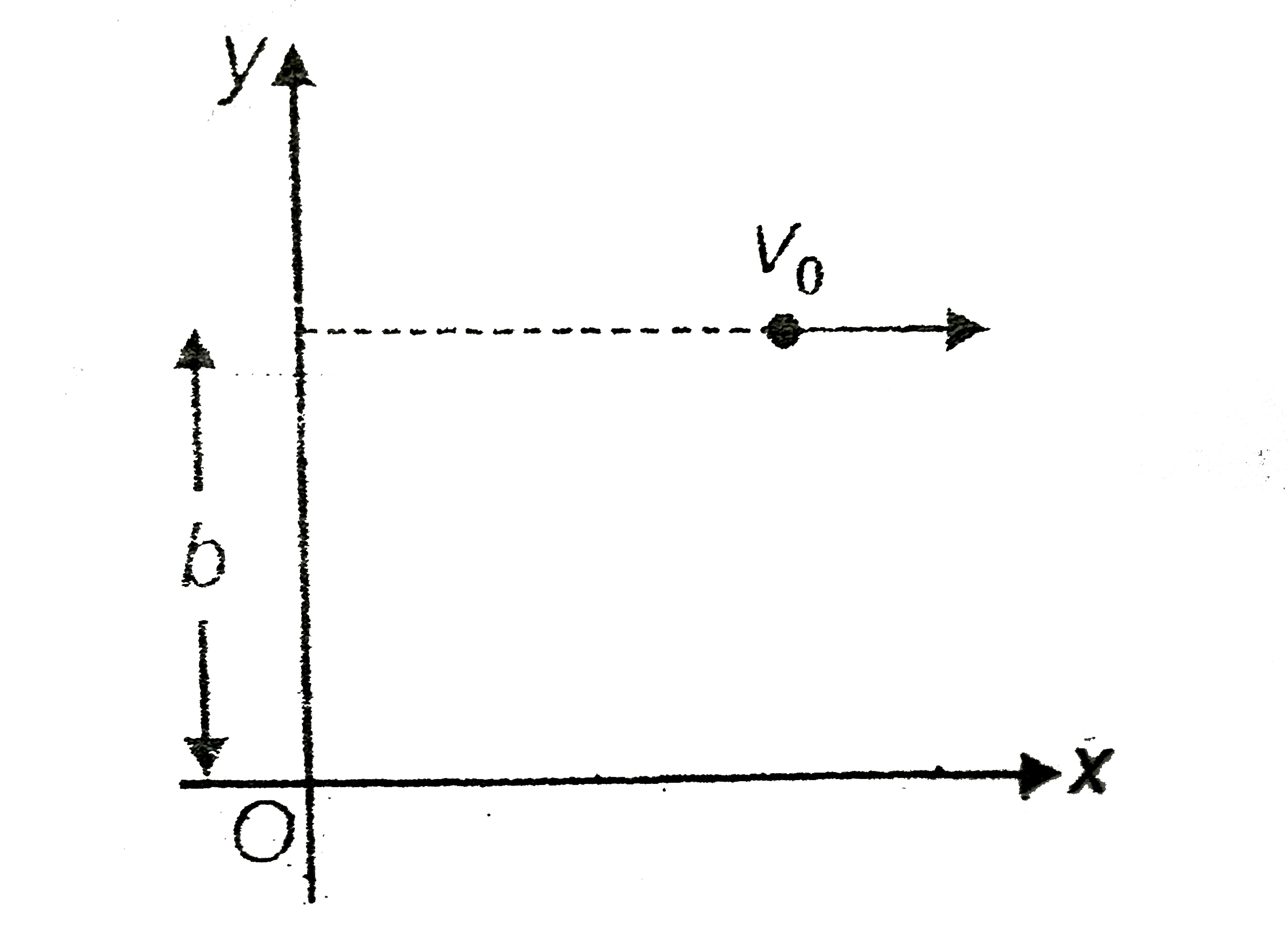A charged particle continues to move with constant velocity in a region, where
E=0,B≠0
Ene0,B=0
Ene0,B=0
E=0,B=0 .correct option are
I,II and III
I,II and IV
II,III and IV
I,III and IV
The correct Answer is:B
Knowledge Check
- Question 1 - Select One
A charged particle moves in a gravity-free space without change in velocity. Which of the following is/are possible?
(i) E=0,B=0
(ii) E=0,B≠0
(iii) E≠0,B=0
(iv) E≠0,B≠0A(i), (ii)B(ii), (iv)C(ii), (iii)D(i), (ii), (iv) - Question 1 - Select One or More
A charge particle is moving along positive y-axis in uniform electric and magnetic fields
E=E0ˆk
and B=B0ˆi
Here E0 and B0 are positive constants.choose the correct options.Aparticle may be deflected towards positive x-axisBparticle may be deflected towards negative z-axisCparticle may pass undeflectedDkinetic energy of particle may remain constant - Question 1 - Select One
A charged particle (electron or proton) is introduced at the origin (x=0,y=0,z=0) with a given initial velocity →v. A uniform electric field →E and a uniform magnetic field →B exist everywhere. The velocity →v, electric field →E and magnetic field →B are given in columns 1,2 and 3 respectively. The quantities E0,B0 are positive in magnitude.
Column-1Column-2Column-3Electron with→v=2E0B0ˆx(i)→E=E0→z(P)→B=−B0ˆx(II)Electron with→v=E0B0ˆy(ii)→E=−E0ˆx(Q)→B=B0ˆx(VI)Proton with→v=0(iii)→E=−E0ˆx(R)→B=B0ˆy(VI)Proton with→v=2E0B0ˆx(iv)→E=E0ˆx(S)→B=B0ˆ2
In which case will the particle move in a straight line with constant velocity ?A(IV) (i) (S)B(III) (ii) (R)C(II) (iii) (S)D(III) (iii) (P - Question 1 - Select One
A charged particle (electron or proton) is introduced at the origin (x=0,y=0,z=0) with a given initial velocity →v. A uniform electric field →E and a uniform magnetic field →B exist everywhere. The velocity →v, electric field →E and magnetic field →B are given in columns 1,2 and 3 respectively. The quantities E0,B0 are positive in magnitude.
Column-1Column-2Column-3Electron with→v=2E0B0ˆx(i)→E=E0→z(P)→B=−B0ˆx(II)Electron with→v=E0B0ˆy(ii)→E=−E0ˆx(Q)→B=B0ˆx(VI)Proton with→v=0(iii)→E=−E0ˆx(R)→B=B0ˆy(VI)Proton with→v=2E0B0ˆx(iv)→E=E0ˆx(S)→B=B0ˆ2
In which case would the particle move in a straight line along the negative direction of y-axis (i.e., move along ˆy)A(III) (ii) (R)B(IV) (ii) (S)C(III) (ii) (P)D(II) (iii) (Q)
Similar Questions
A particle of mass m is moving with constant velocity v0 along the line y=b. At time t=0 it was at the point (0,b). At time t=bv0, the
 View Solution
View SolutionA particle of mass m is moving with constant velocity v0 along the line y=b. At time t=0 it was at the point (0,b). At time t=bv0, the
 View Solution
View SolutionA charge particle is moving along positive y-axis in uniform electric and magnetic fields
E=E0ˆk
and B=B0ˆi
Here E0 and B0 are positive constants.choose the correct options.View SolutionA positively charged particle is moving along the positive x-axis in a unifom electric field→E=E0ˆj and magnetic field →B=B0ˆk (where E0 and B0 are positive constants), then
View SolutionA charged particle moves in a gravity free space where an electric field of strength E and a magnetic field of induction B exist. State the following statements as True of False.
a. If Eπ0andBπ0, velocity of the particle may remain constant.
b. If E=0, the particle cannot trace a circular path.
c. If E=0, kinetic energy of the particle remains constant.View SolutionA charged particle moves in a gravity free space where an electric field of strength E and a magnetic field of induction B exist. State the following statements as True of False.
a. If Eπ0andBπ0, velocity of the particle may remain constant.
b. If E=0, the particle cannot trace a circular path.
c. If E=0, kinetic energy of the particle remains constant.View Solution

